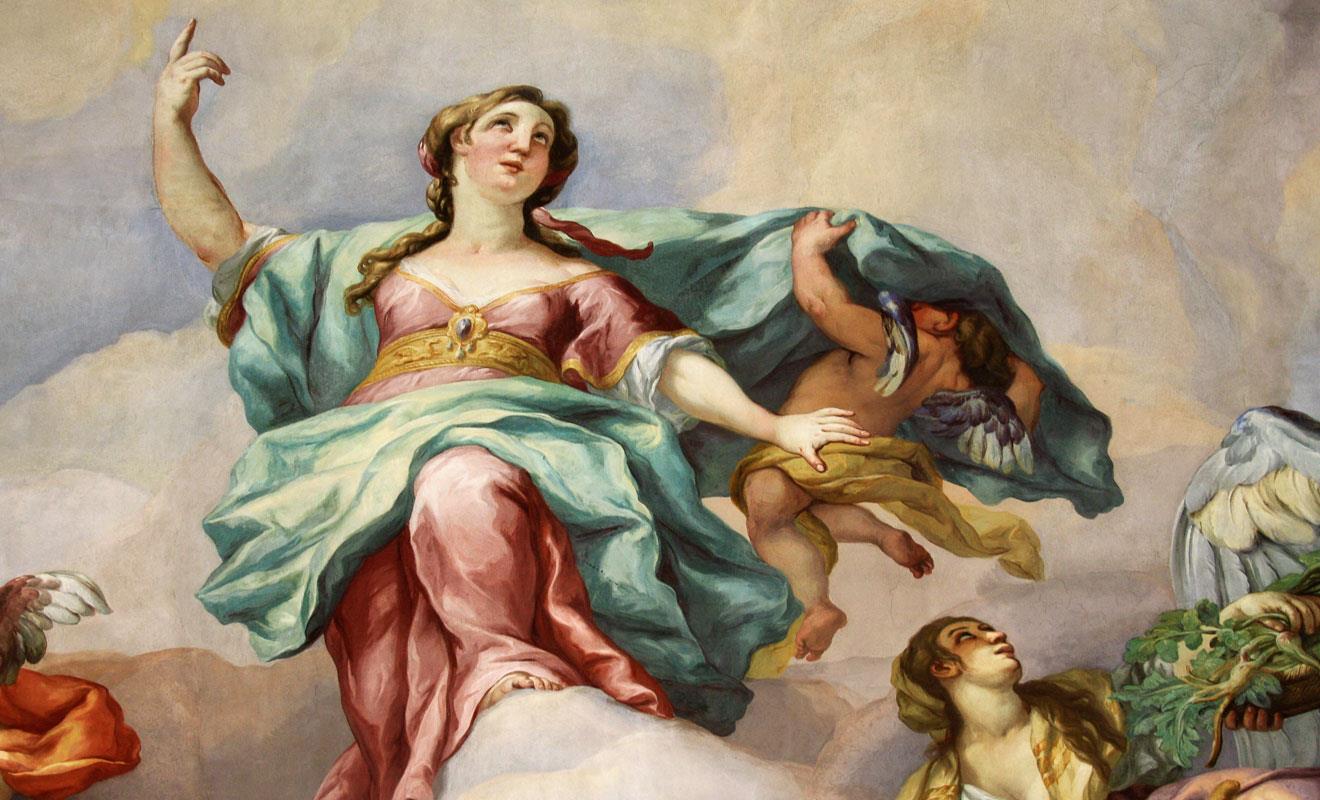
Revival Of Classical Art Techniques In Modern America
A Rich Legacy of Skill and Craftsmanship
Classical art embodies a wealth of methods that have been practiced over centuries, drawing inspiration from the artistry of ancient Greece and Rome. Techniques such as chiaroscuro, foreshortening, and the use of tempera and oil paints have defined the aesthetic quality of classical art. These skills require an incredible level of discipline, nuance, and patience, often taking years to master. Traditionally, classical artists were trained through apprenticeship, learning the ins and outs of their craft before producing great works.
The Emotional Depth of Classical Techniques One of the compelling aspects of classical art is its ability to convey deep emotional resonance. The careful attention to detail, the nuanced play of light and shadow, and the incorporation of symbolic imagery reflect not just the technical proficiency of the artist, but also a profound connection to the subject matter. In a world where digital art often emphasizes speed and convenience, the revival of classical techniques allows for a more intimate and contemplative artistic practice, where the journey of creation is as impactful as the final piece itself.
Juliette Aristides,“Brushes,” 2018, oil on panel, 24 x 18 in. The Fusion of Old and New: Modern Techniques Meet Classical Art
Innovating with Tradition
Many contemporary artists are not merely replicating classical techniques but rather innovatively fusing them with modern technologies and concepts. These artists are exploring new dimensions in their work by incorporating digital tools while maintaining the essence of traditional craftsmanship. For instance, some are using digital software to plan compositions and color palettes, only to return to traditional mediums like oil or watercolor to execute the final piece. This hybrid approach allows artists to explore the possibilities of classical forms while embracing the convenience of modern creation tools.
Workshops and Educational Programs
The USA art revival has also led to the establishment of workshops, schools, and mentorship programs focused on classical techniques. Institutions like the Florence Academy of Art and the School of Visual Arts in New York City offer courses in classical drawing and painting, emphasizing the importance of foundational skills. These educational platforms not only teach the techniques themselves but also revive the ethos of patience and dedication that comes with mastering a craft.
Artists Leading the Charge in the RevivalNotable Practitioners of Classical Techniques
A number of contemporary artists are redefining what it means to work with classical techniques today. Artists such as Greg Kreutz and Juliette Aristides have become beacons of this revival, showcasing their work in galleries and exhibitions while also teaching aspiring artists the value of classical methods. Their works embody the spirit of classical art, providing inspiration and a roadmap for those looking to explore this rich tradition.
Online Communities and Social Media
In today's digital age, platforms like Instagram and YouTube have fostered vibrant communities of artists dedicated to classical techniques. Artists are sharing tutorials, insights, and critique in real-time, democratizing access to classical training. This global community not only encourages individual artists but also fosters a culture of appreciation for traditional skills, bridging gaps between artists across different geographical regions.
Juliette Aristides,“Kitchen Table,” 2018, oil on panel, 18 x 16 in. The Impact of the Revival on the Contemporary Art Scene
A Counter-Movement to Conceptual Art
The revival of classical art techniques can be seen as a counter-movement to the predominant trends of conceptual art that have reigned in the modern art world. Many contemporary students and established artists feel a disconnect with the 'art for art's sake' philosophy and find solace in the time-honored practices of classical techniques. This resurgence allows artists to anchor their practice in craftsmanship while still exploring modern themes and issues, creating a dialogue between the past and the present.
Enriching the Gallery Scene
As galleries become increasingly aware of the diversity within the modern art landscape, many are choosing to showcase works that employ classical techniques. This not only adds depth to their exhibitions but also attracts a wider audience that appreciates the texture and detail that traditional methods bring to contemporary narratives. The blend of classical techniques with modern themes allows for storytelling that resonates with both art connoisseurs and everyday viewers.
The Future of Classical Art in AmericaSustaining the Revival
The revival of classical art techniques in modern America represents a significant cultural movement that embraces deep craftsmanship and emotional guided representation. As more artists and enthusiasts engage with these methods, it is crucial to sustain and cultivate this revival through education, exhibitions, and community building. The investment in classical art techniques not only pays homage to the masters of the past but also enriches the future of American art by creating a holistic environment where history and innovation thrive hand in hand.
A Timeless Connection
Ultimately, the revival of classical art techniques serves as a reminder of the timeless connection between artist and subject, the deep emotional currents that inspire creation, and the dedicated craftsmanship that transforms vision into reality. As the USA art revival gains momentum, it does more than just breathe life into classical techniques; it reinvigorates the art world with purpose, depth, and narrative. It is a movement that not only pays tribute to the past but also lays the groundwork for a vibrant, emotionally potent artistic future.

Legal Disclaimer:
MENAFN provides the
information “as is” without warranty of any kind. We do not accept
any responsibility or liability for the accuracy, content, images,
videos, licenses, completeness, legality, or reliability of the information
contained in this article. If you have any complaints or copyright
issues related to this article, kindly contact the provider above.


















Comments
No comment